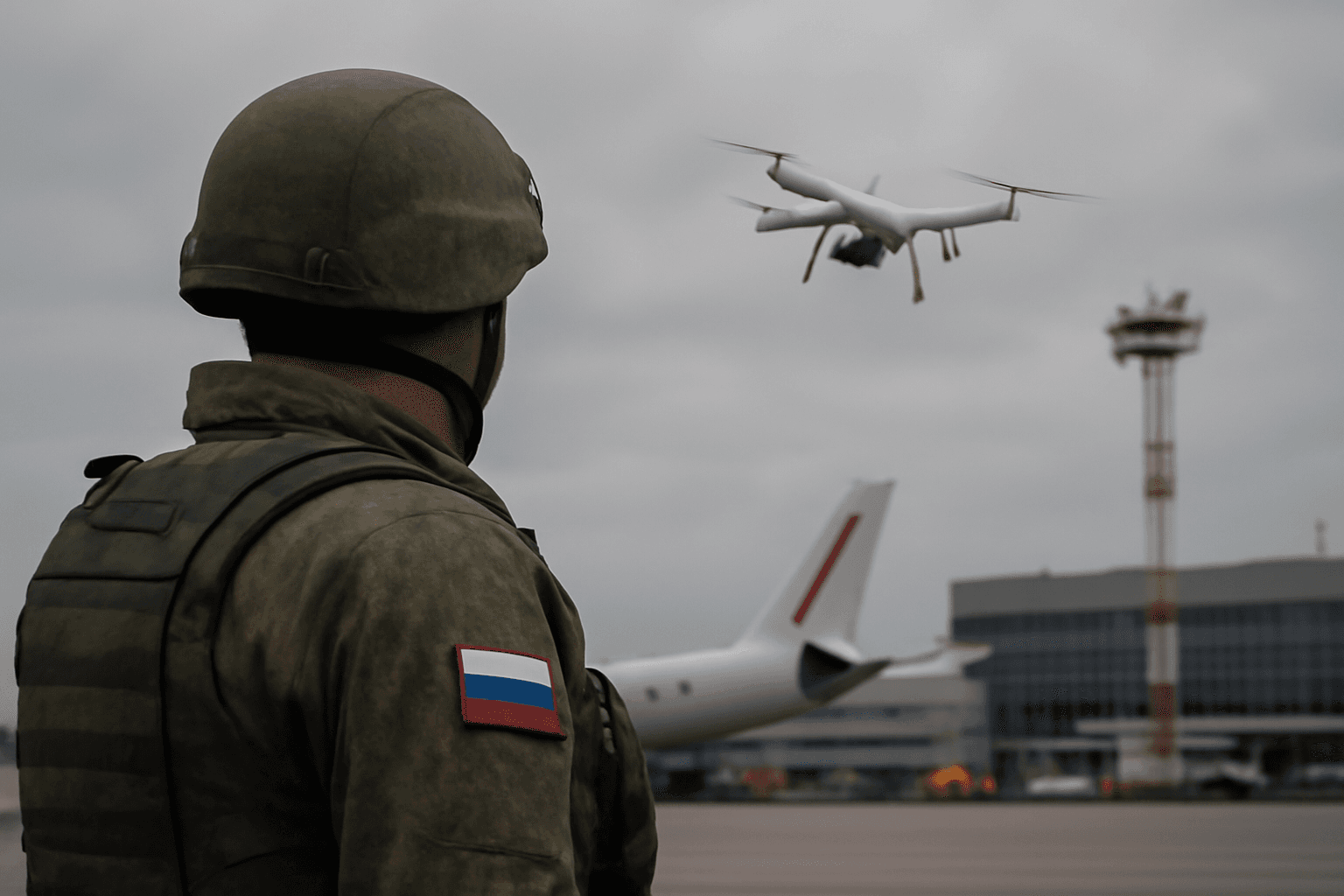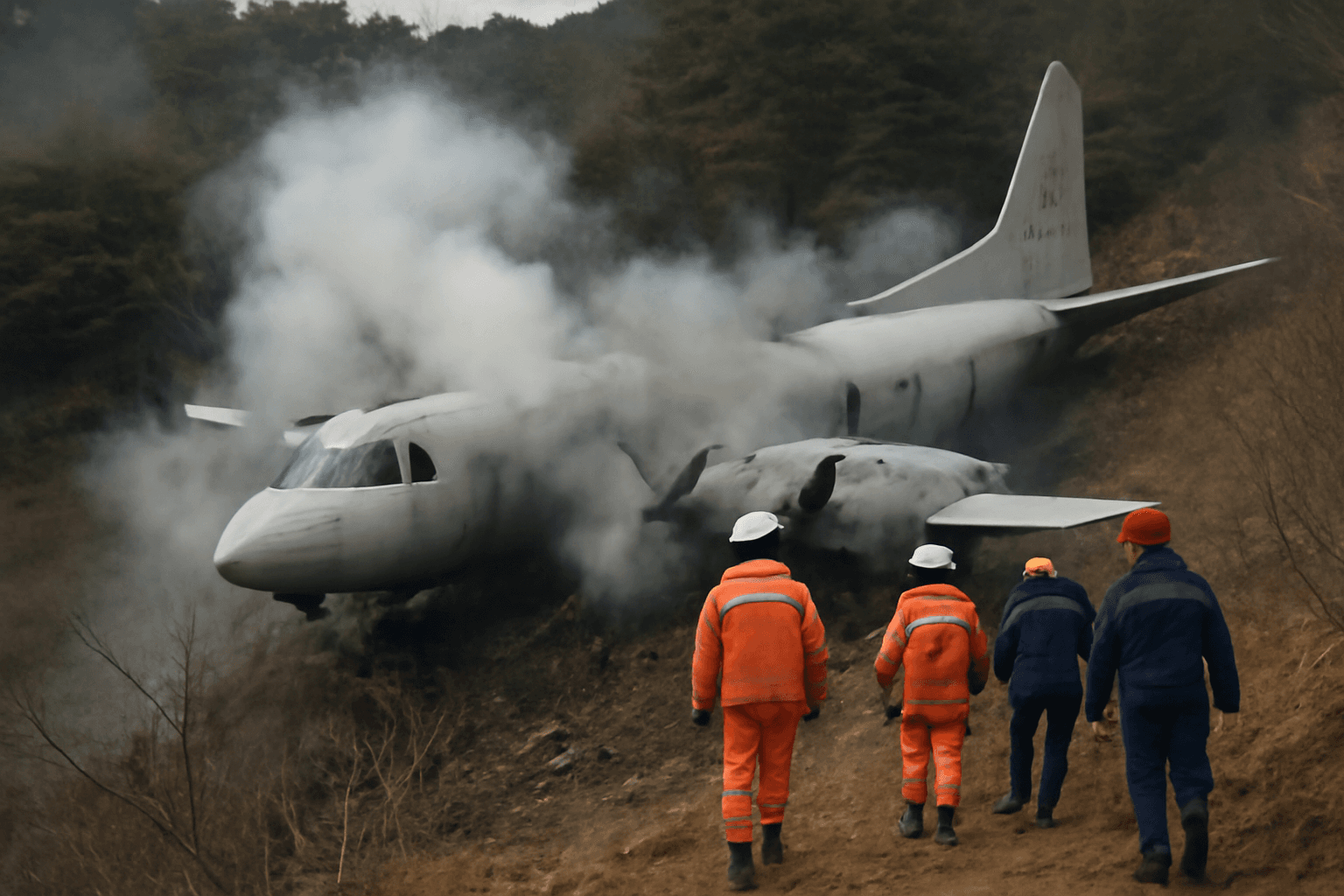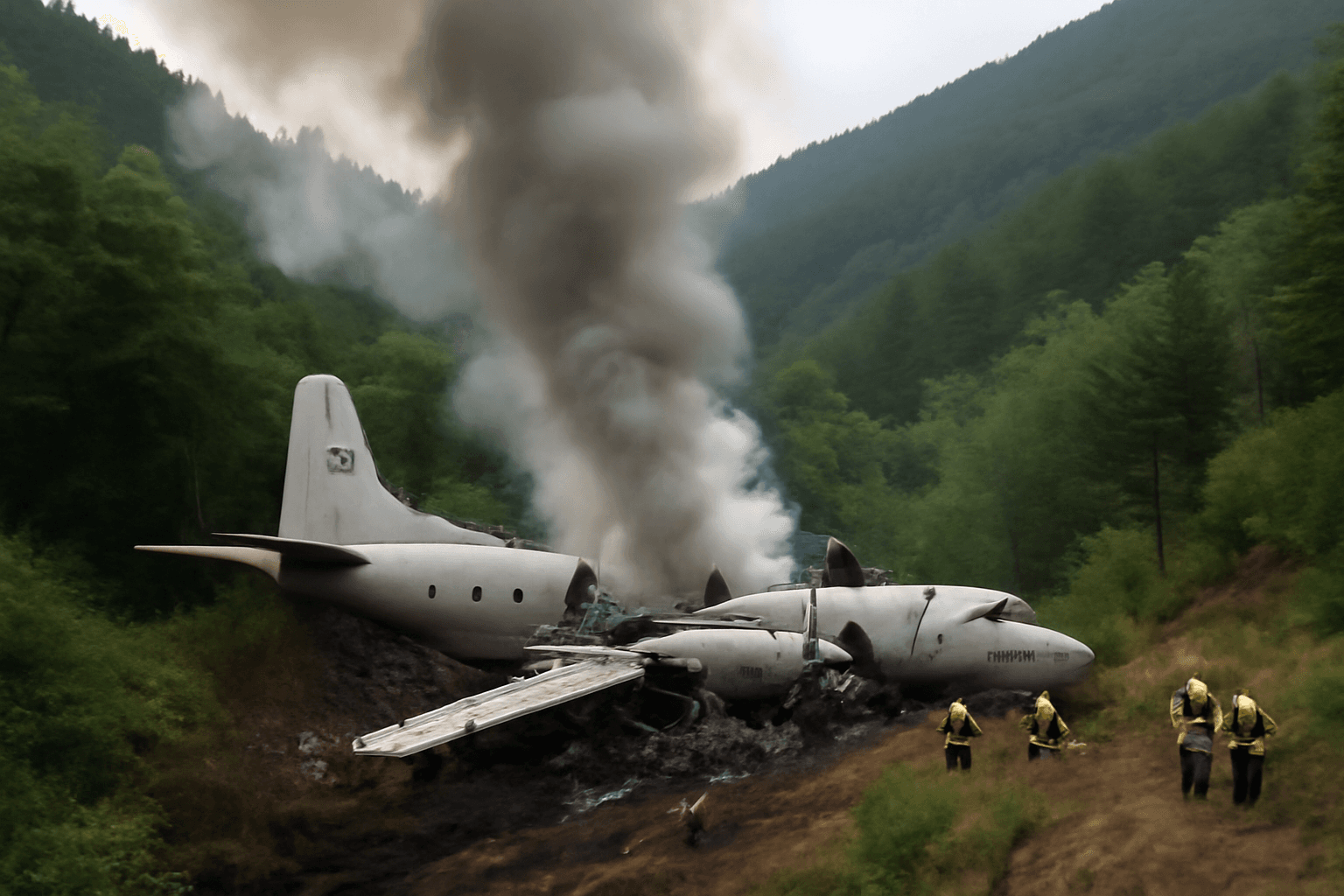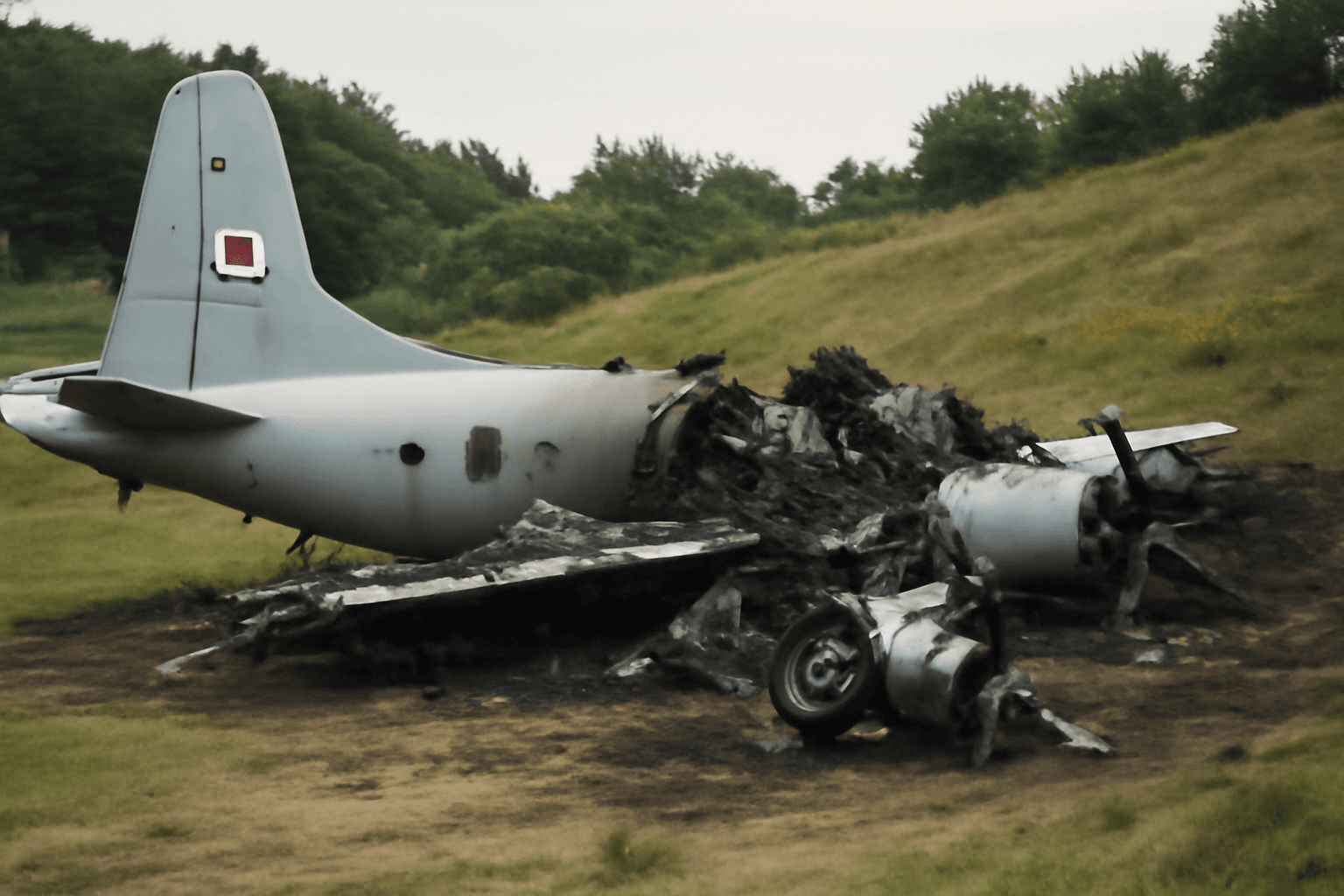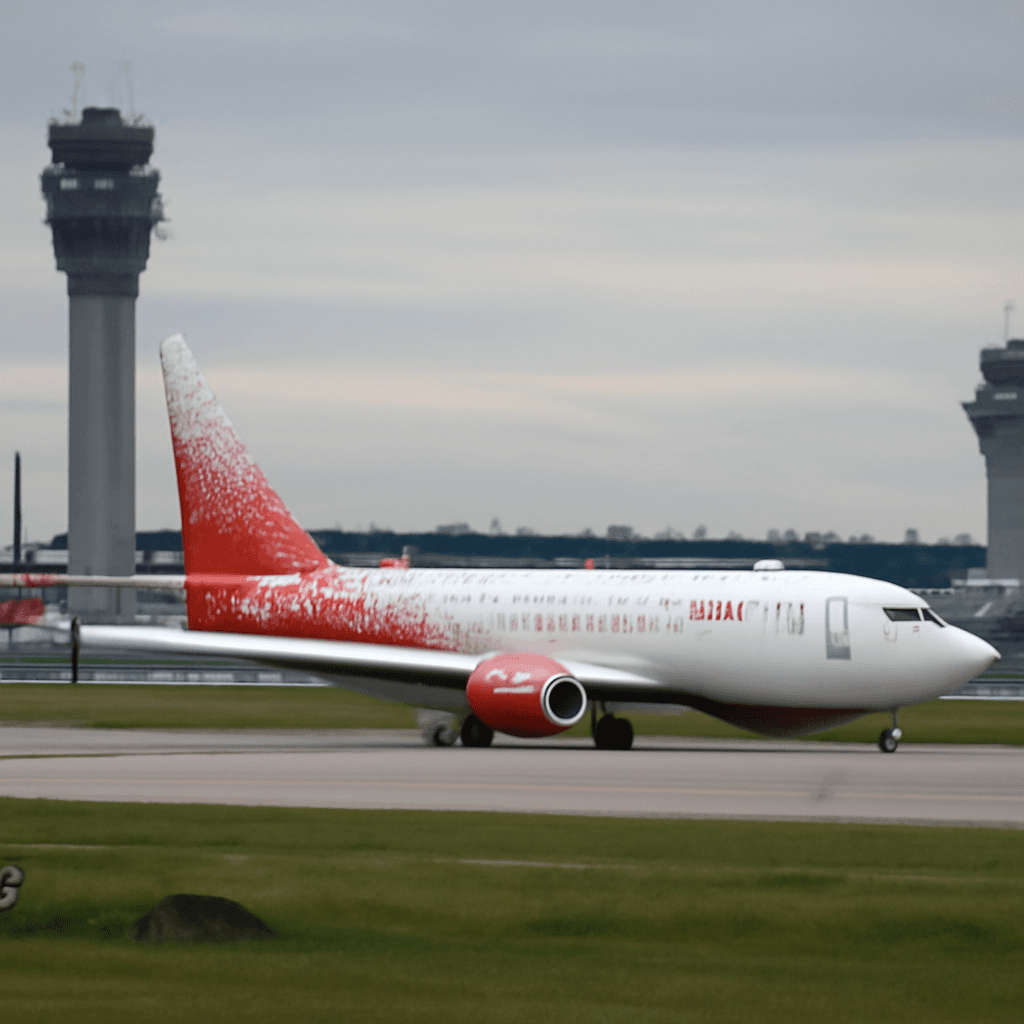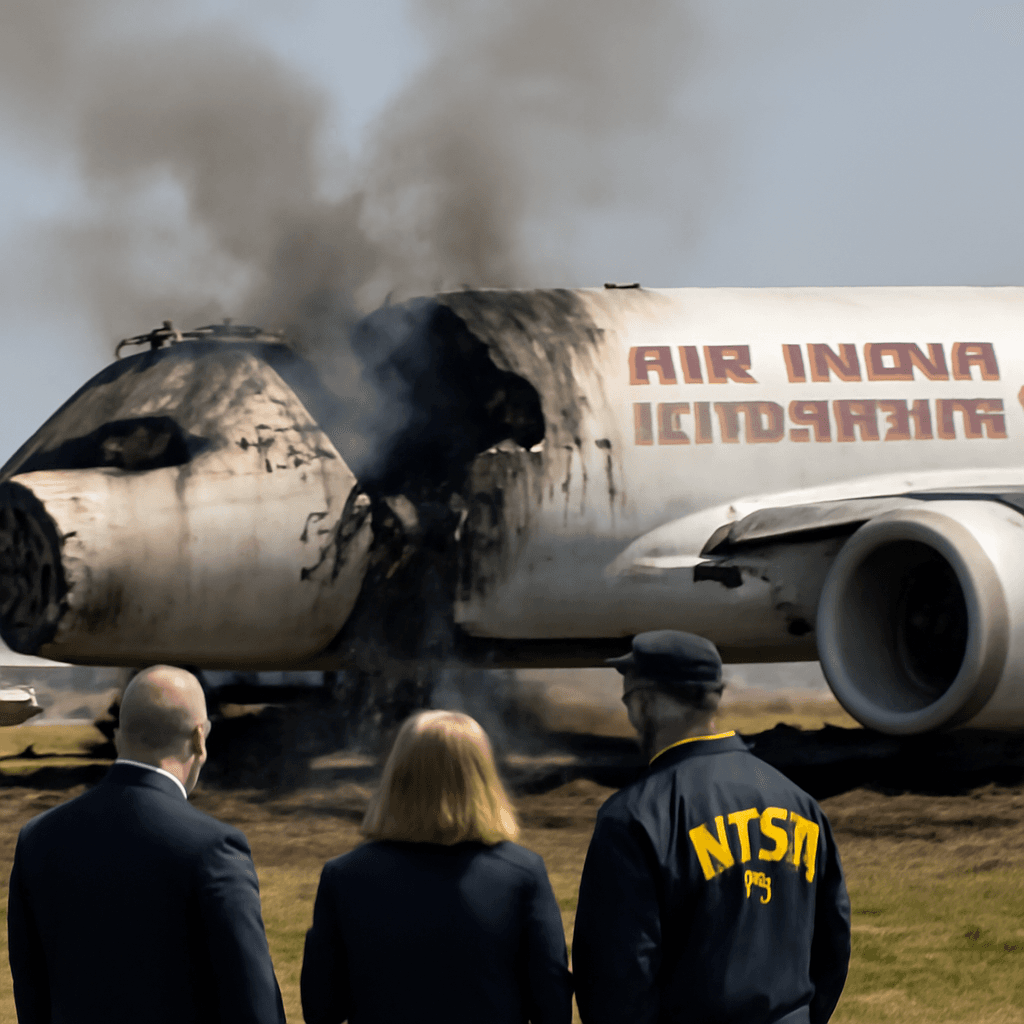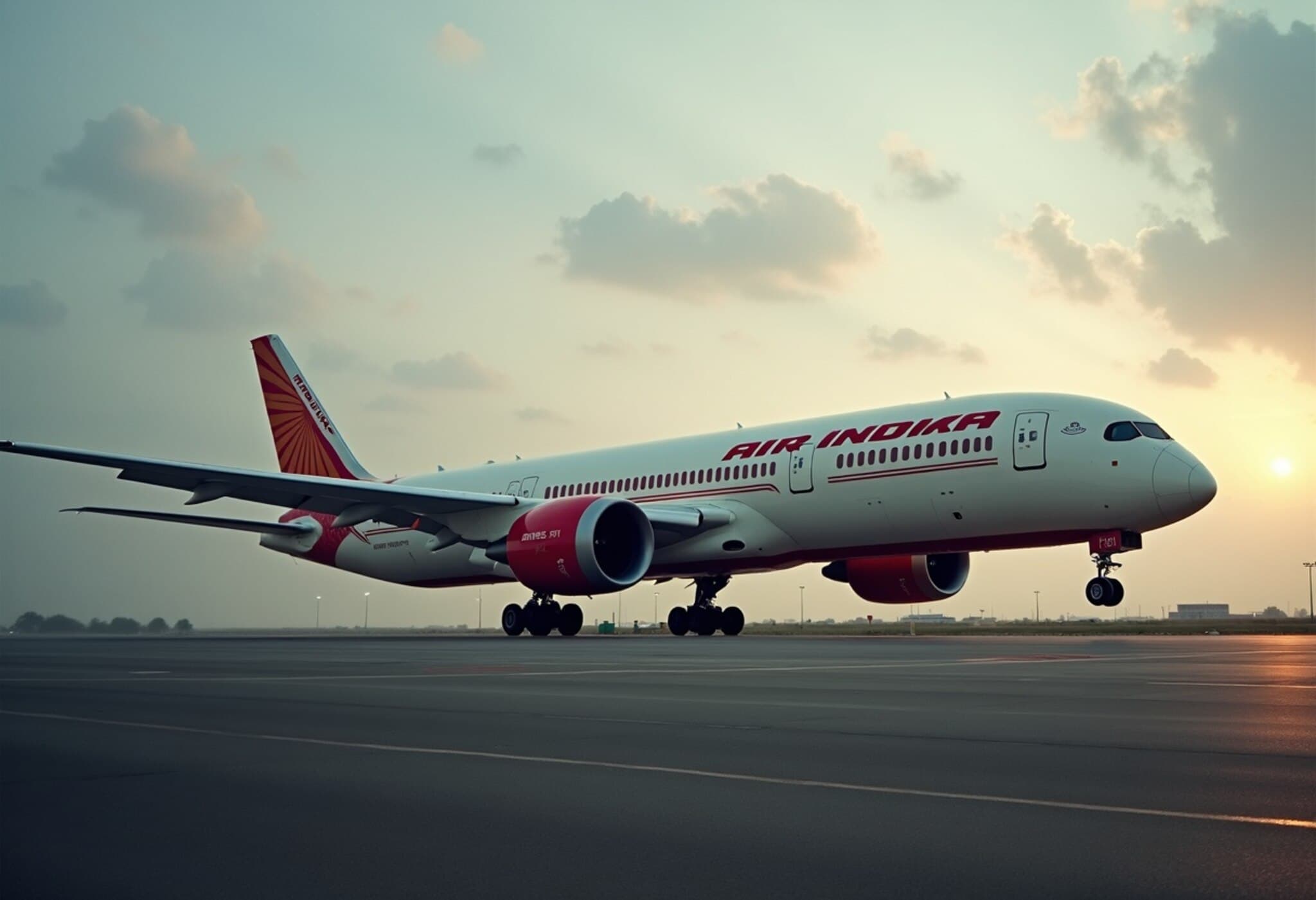Federation of Indian Pilots Challenges Western Media Over AI-171 Crash Reports
Following the tragic Air India Flight 171 crash in Ahmedabad which claimed over 250 lives, the Federation of Indian Pilots (FIP) has taken a firm stand against international media outlets, notably The Wall Street Journal and Reuters. The FIP issued a legal notice accusing these news organizations of publishing misleading and speculative narratives inconsistent with the facts presented in the preliminary Indian Aircraft Accident Investigation Bureau (AAIB) report.
Legal Notice Demands Accountability
Captain CS Randhawa, President of the FIP, expressed sharp criticism of the Western media’s coverage, emphasizing that “they are not the investigative bodies and therefore cannot jump to conclusions.” The crux of the FIP’s argument rests on the contention that these outlets have insinuated pilot error without foundation, a claim absent from the official AAIB findings.
- FIP demands formal apologies from WSJ and Reuters for what it terms “unfounded allegations.”
- The notice calls for detailed explanations of how these organizations reached conclusions not supported by the preliminary report.
- Failure to comply may lead to further legal proceedings.
Expert Voices Back Indian Pilots
Adding weight to the Federation’s stance, Jennifer Homendy, Chairwoman of the US National Transportation Safety Board (NTSB), which is collaborating with the AAIB on the crash investigation, characterized the reports as "premature and speculative." She underscored the complexity of such disasters, noting that conclusive findings require time and rigorous examination.
"Investigations of this magnitude should never be prematurely judged; all concerns and inquiries must be directed to the AAIB," Homendy said in a statement, subtly calling out the irresponsible media coverage.
Captain Randhawa welcomed Homendy’s intervention as a powerful endorsement of Indian pilots’ professionalism and an important rebuttal to damaging narratives. He remarked, "It’s heartening to see such international validation, dispelling unjust blame directed at Indian aviation professionals."
Contextualizing Media Responsibility in Aviation Tragedies
The controversy spotlights a critical tension in contemporary journalism: the rush to report versus the imperative for accuracy, especially in sensitive, high-stakes events like aviation disasters. In the global media ecosystem, quick headlines often overshadow the painstaking investigative work required in aviation incident analysis.
Given that the AAIB’s investigation remains ongoing, with final conclusions expected months down the line, premature speculation undermines public trust and can unfairly tarnish reputations.
For India, a nation with an ambitious aviation sector expanding rapidly, maintaining credible, respectful media narratives is essential. The FIP’s assertiveness in defending its pilots exemplifies the heightened need for accountability and ethical reporting standards.
What’s Next?
- The AAIB continues its comprehensive investigation into the AI-171 crash.
- Media outlets around the world are urged to adhere strictly to verified information.
- The FIP’s legal notice may set a precedent for how aviation incidents are covered, particularly regarding pilot accountability.
Editor’s Note
This dispute between India’s leading pilot organization and major Western media underscores the delicate balance between timely journalism and responsible reporting. It also raises deeper questions about cultural perspectives on aviation safety and the role of international bodies in crisis communication. While the pursuit of truth is paramount, so too is respecting due process in complex investigations to avoid unwarranted damage to individual and institutional reputations.
Observers and readers should watch closely how this situation evolves, as it may influence global media practices around aviation disaster reporting, where emotions run high and facts must be handled with utmost care and integrity.


